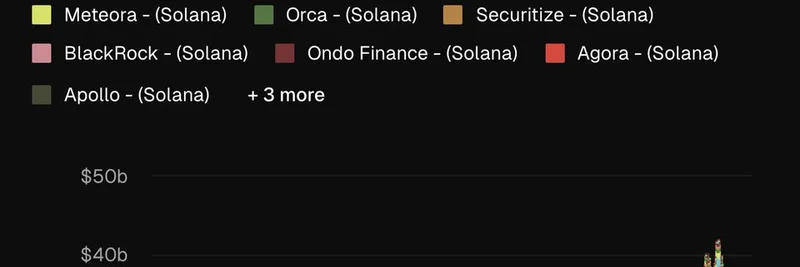In the fast-paced world of cryptocurrency, where meme tokens and blockchain innovations collide, understanding core principles can feel like decoding a complex puzzle. But what if we thought of them like everyday building blocks? That's exactly the fresh perspective shared by Mert, CEO of Helius Labs, in a recent X thread that's sparking conversations across the crypto community.
Mert draws a clever parallel between key crypto elements—decentralization, privacy, and trust—and construction materials in the physical world, such as steel, concrete, and wood. Just as architects and engineers select the right materials to construct houses, skyscrapers, or railways, crypto developers must choose the appropriate mix of these digital "materials" for their projects.
For instance, you wouldn't build an airplane out of wood—it's simply not suited for the job. Similarly, in crypto, picking the wrong combination could lead to vulnerabilities or inefficiencies. This analogy isn't just about the present; it extends to evolution over time. In the real world, we've progressed from clay huts to modern concrete high-rises. In the digital realm, we're shifting from centralized, easily disrupted systems that extract user data to more robust, trust-minimized setups that are unstoppable and resistant to rugs—sudden project abandonments or scams common in the meme token space.
Why This Matters for Meme Tokens
Meme tokens, often launched on platforms like Solana for their speed and low costs, embody this building process. Many start with hype and community-driven decentralization but falter if privacy or trust isn't properly integrated. Think of a viral meme coin: without strong decentralization, it risks central points of failure, like a wooden bridge trying to support a train. Mert's insight reminds us that as the meme ecosystem matures, projects need to upgrade their "materials" to build lasting value.
He humorously notes in a follow-up post that plenty of folks in crypto are still trying to construct airplanes from wood and paper— a nod to misguided efforts that prioritize speed over sustainability. This resonates especially in the meme world, where quick launches can lead to spectacular failures if the foundational elements aren't solid.
The Road Ahead in Blockchain
As we look forward, this evolution points to a brighter future for blockchain practitioners. By embracing privacy tools (like zero-knowledge proofs, which allow transactions without revealing details) and decentralization (spreading control across networks to avoid single failures), we're paving the way for unruggable systems. For those diving into meme tokens, this means seeking projects that balance these elements for better security and user protection.
Mert's thread, posted on X (view it here), serves as a timely reminder. Whether you're a developer building the next big meme or an investor navigating the space, choosing the right "construction materials" could make all the difference in creating something that stands the test of time.
If you're exploring more on Solana-based memes or privacy in crypto, check out our knowledge base at Meme Insider for the latest insights and tools to level up your blockchain game.

